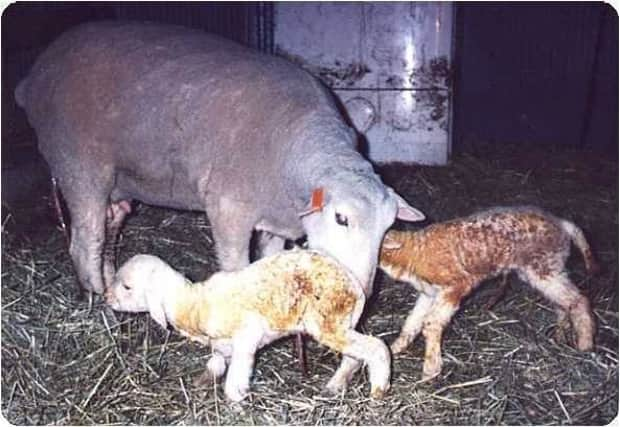DAERA Management Notes: Beef and sheep


The breeding season may seem a long time away but February is a good time to identify issues with breeding bulls as problems with semen production can take up to eight weeks to rectify. Therefore issues need to be identified 10 to 12 weeks beforehand. Check the five Ts:
* Toes - check feet and locomotion.
* Testicles - 34 cm is a general recommendation for most breeds at two years old and they should feel firm with no abnormalities.
Advertisement
Hide AdAdvertisement
Hide Ad* Tone - aim to move towards a condition score of 3-3.5 at the start of breeding.
* Treat - carry out any required vaccinations or parasite control.
* Test - consult your vet about a bull breeding soundness examination. Another test may be required one month in advance of breeding.
If you plan to invest in a bull during the February sales it is a good idea to discuss previous management of the bull with the breeder, especially nutrition. Ideally after purchase keep the bull on a similar feed level and adjust gradually to the level you wish to feed to avoid upsets. Generally these bulls are fed a lower protein (14%), high fibre concentrate to avoid feet problems.
Review
Advertisement
Hide AdAdvertisement
Hide AdNow is a good time to review your enterprises for the previous year. Do you know what your average sales figure was for 2016? Do you know your calving index? Do you know how much it cost to keep a suckler cow on your farm last year? If you don’t you are not alone, but to improve you must first determine a starting point or baseline. Recording these key measures allows you to benchmark your farm against itself from one year to the next allowing real changes to be made. There are of course many factors outside the farm gate which affect profitability but focus on those which can be controlled within the farm.
SHEEP
Vaccines
Most manufacturers recommend four weeks before lambing as the best time to administer clostridial vaccines. This is important to ensure maximum immunity transfer to lambs. This is particularly important if there is a large spread in anticipated lambing dates as vaccines may need to be administered to batches of ewes.
Scanning and concentrates
Use scanning results to feed according to condition score and lambing date. As 70% of foetal growth occurs in the last six weeks before lambing, some ewes can lose condition quickly. Condition scoring ewes regularly, along with feed adjustments, helps reduce the problems of small lambs and low levels of colostrum/milk supply in individual ewes. Feed a good quality concentrate ration with an ME greater than 12.5MJ/kg dry matter and a crude protein level of about 18%. The quantity fed depends on forage quality, ewe condition and scanning information as discussed last month. Protein quality is very important and soya is a good source of protein in a ewe ration. If purchasing a standard blend or nut ensure a quality protein is high in the list of ingredients. Also check the ration contains adequate selenium and vitamin E (0.5mg/kg selenium and 150 iu/kg vitamin E).
Spreading season
Land applications of slurry and organic manures are open from 1st February if conditions allow. If possible use soil test results and try to target applications to fields with P and K indices below 2. It is easier saying this than doing it as a nutrient map of the farm often shows the driest fields and those closest to the tanks have the highest indices.